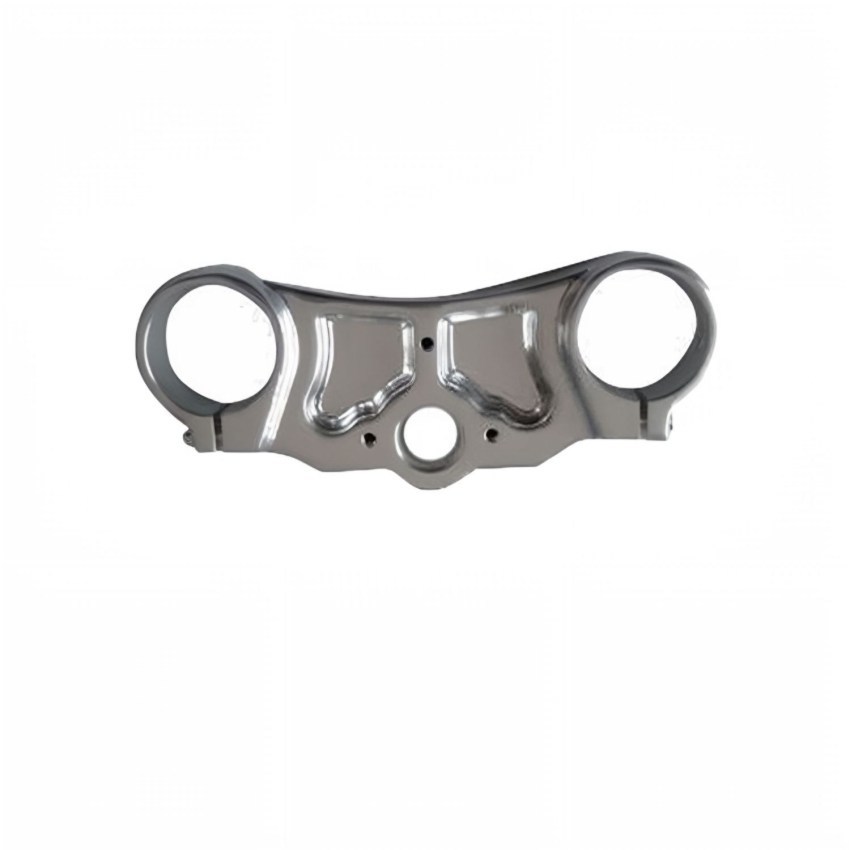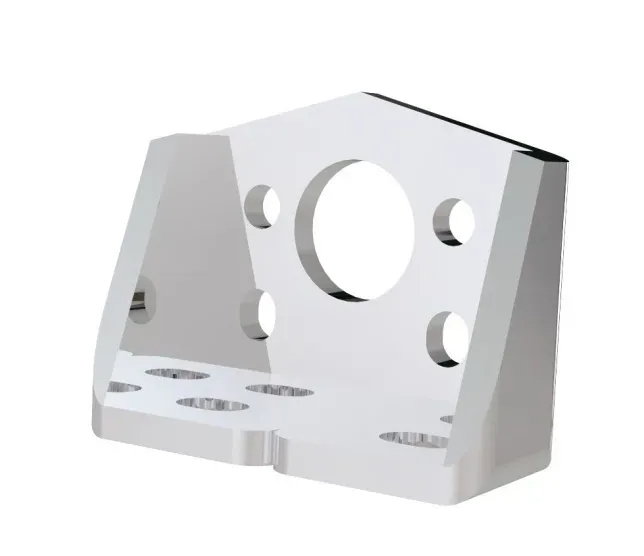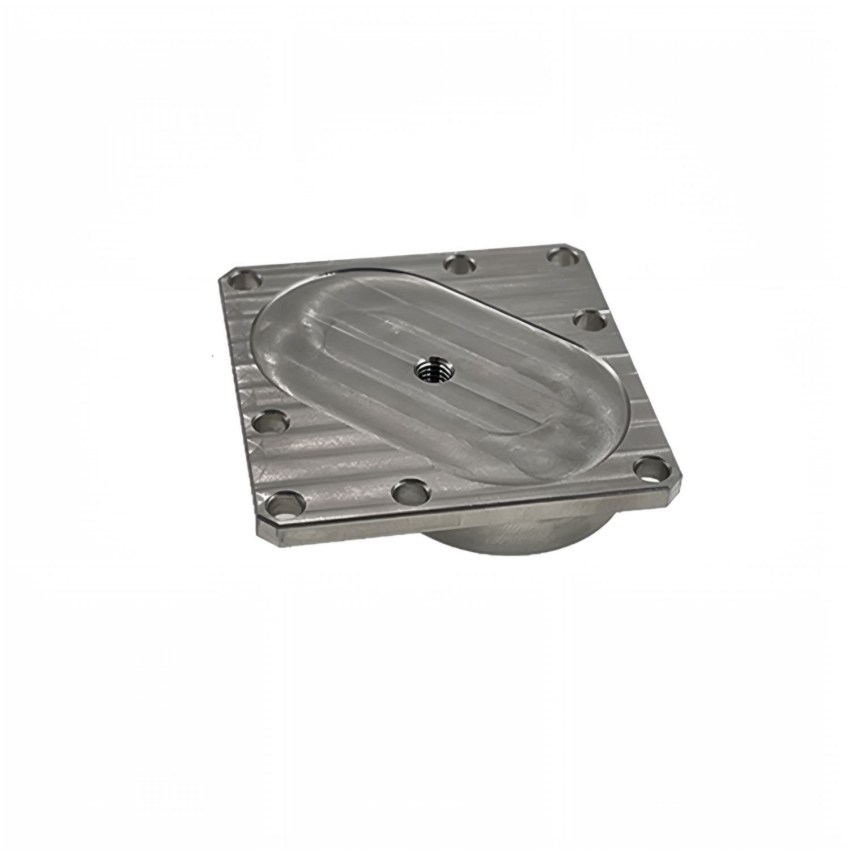Understanding the Working Principles of Laser Machines in Manufacturing
Release time:
2025-06-24
Laser machines have revolutionized the manufacturing and processing industries by providing precise and efficient cutting, engraving, and marking solutions. Understanding how these machines work can help businesses optimize their operations and enhance production quality. At the core of laser machine technology is the principle of focusing a high-powered laser beam onto a material surface. This la

Laser machines have revolutionized the manufacturing and processing industries by providing precise and efficient cutting, engraving, and marking solutions. Understanding how these machines work can help businesses optimize their operations and enhance production quality.
At the core of laser machine technology is the principle of focusing a high-powered laser beam onto a material surface. This laser beam is generated through a process called stimulated emission, where energy is provided to atoms or molecules, causing them to release photons—particles of light. The laser beam is then directed through a series of lenses that focus the light into a fine point, resulting in extremely high energy density.
When the focused laser beam comes into contact with the material, it generates intense heat, which can melt, burn, or vaporize the material, depending on its type and the laser's power settings. This process allows for intricate designs and patterns to be cut or engraved with exceptional precision, making laser machines ideal for applications in the metalworking industry.
One of the key advantages of laser cutting is its versatility. Laser machines can work with various materials, including metals, plastics, wood, and textiles. This flexibility makes them suitable for a wide range of industries, from automotive to aerospace and beyond. Moreover, laser cutting allows for complex geometries to be fabricated that would be challenging or impossible to achieve with traditional machining methods.
Another significant benefit of laser machines is their efficiency. The non-contact nature of the laser cutting process means that there is minimal wear and tear on tools, resulting in lower maintenance costs and longer operational lifespans. Additionally, laser cutting produces clean edges and minimizes material waste, making it an eco-friendly option in modern manufacturing.
Additionally, laser machines can incorporate advanced technologies such as computer numerical control (CNC) systems. CNC technology allows for automated and programmable operations, improving precision and productivity. Operators can simply input design specifications into the CNC software, and the laser machine will execute the cutting or engraving process with remarkable accuracy.
In summary, understanding how laser machines work provides valuable insights into their capabilities and advantages in the manufacturing sector. With precision, versatility, and efficiency, laser processing is an essential technology for businesses seeking to enhance their production methods and maintain a competitive edge in the market. As industries continue to evolve and demand higher-quality products, the role of laser machines will undoubtedly become even more critical.
At the core of laser machine technology is the principle of focusing a high-powered laser beam onto a material surface. This laser beam is generated through a process called stimulated emission, where energy is provided to atoms or molecules, causing them to release photons—particles of light. The laser beam is then directed through a series of lenses that focus the light into a fine point, resulting in extremely high energy density.
When the focused laser beam comes into contact with the material, it generates intense heat, which can melt, burn, or vaporize the material, depending on its type and the laser's power settings. This process allows for intricate designs and patterns to be cut or engraved with exceptional precision, making laser machines ideal for applications in the metalworking industry.
One of the key advantages of laser cutting is its versatility. Laser machines can work with various materials, including metals, plastics, wood, and textiles. This flexibility makes them suitable for a wide range of industries, from automotive to aerospace and beyond. Moreover, laser cutting allows for complex geometries to be fabricated that would be challenging or impossible to achieve with traditional machining methods.
Another significant benefit of laser machines is their efficiency. The non-contact nature of the laser cutting process means that there is minimal wear and tear on tools, resulting in lower maintenance costs and longer operational lifespans. Additionally, laser cutting produces clean edges and minimizes material waste, making it an eco-friendly option in modern manufacturing.
Additionally, laser machines can incorporate advanced technologies such as computer numerical control (CNC) systems. CNC technology allows for automated and programmable operations, improving precision and productivity. Operators can simply input design specifications into the CNC software, and the laser machine will execute the cutting or engraving process with remarkable accuracy.
In summary, understanding how laser machines work provides valuable insights into their capabilities and advantages in the manufacturing sector. With precision, versatility, and efficiency, laser processing is an essential technology for businesses seeking to enhance their production methods and maintain a competitive edge in the market. As industries continue to evolve and demand higher-quality products, the role of laser machines will undoubtedly become even more critical.
Key words:





